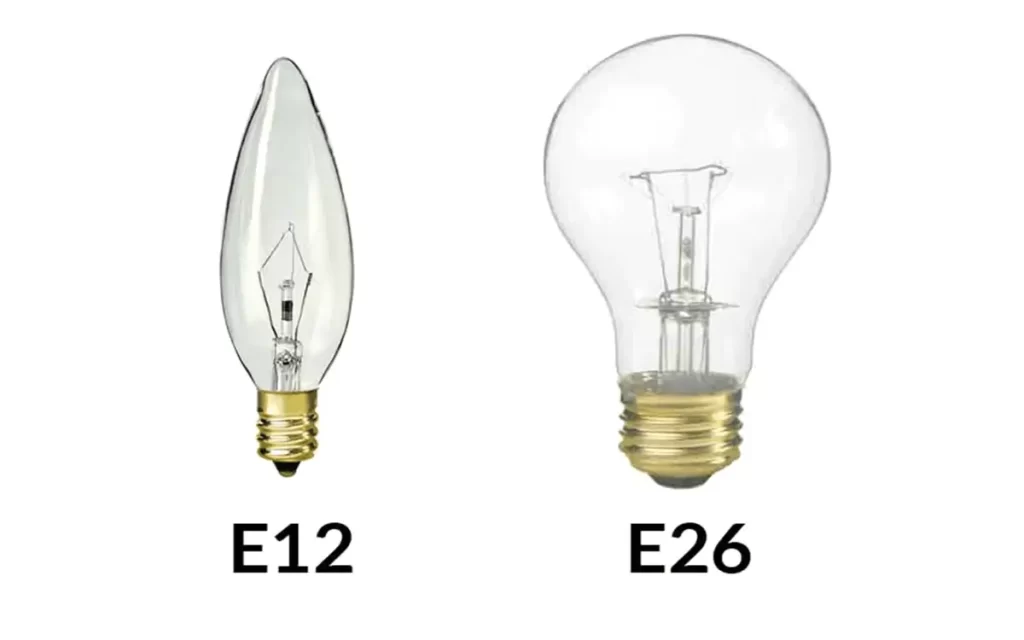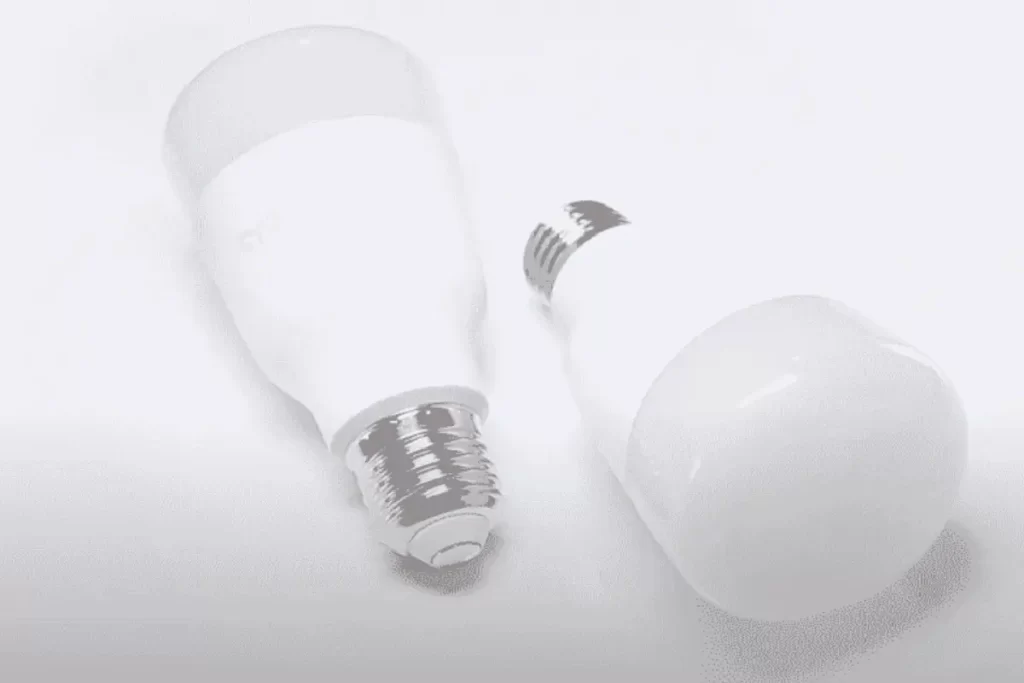
What is an E26 bulb? If you need to buy a new light bulb, you can be confused by all the different codes and specifications. Because there are many types of light bulbs, different bulb shapes, sizes, names, and wattages.
You may have come across the term “E26,” but you may not be entirely sure what it means. E26 actually refers to the threaded part of the bulb or the base of the bulb that screws into the light fixture. This is an Edison lamp base, also known as a screw bulb, with a diameter of 26 mm. It is suitable for measuring any threaded joint of the same diameter.
In this article, I will explain in detail: what is an E26 bulb? The advantages of the E26 bulb, and the difference between E26 and other bulbs.
What Is An E26 Bulb?
The E26 designation refers only to the bulb base or the point of contact with the lamp holder. The “E” refers to the Edison screw, which originated with Thomas Edison. It is also a widely used standard. The number “26” refers to the diameter of the bulb or bulb. This measurement is in millimeters, which converts to approximately 1 inch.
You can most quickly identify an E26 bulb by looking at the base of the bulb. If you see a threaded metal base about 1 inch in diameter, you most likely have an E26 bulb. Another way to be sure is to check the printing on the bulbs – in addition to wattage and brightness, the manufacturer will usually print “E26” to make sure they are safe to use in the correct socket.
What Is a Standard Size Light Bulb?
As we know, the US standard-size light bulb is the E26 bulb. E26 bulbs use a medium or standard socket called an MES. The light bulb can be screwed into the light fixture and uses a base called an Edison screw. Named after inventor Thomas Edison.
There are other standards for other types of bulbs, such as E26, E26d, E17, E11, E12, GU24, GU5, and GX5.3.

E26 Bulbs Standards and Dimensions
E26 standards are defined by the International Electrotechnical Commission (IEC) under standard 7004-21A-2. They specifically govern the exact dimensions to which the E26 lamp bases should be manufactured.
How Does an E26 Bulb Work?
E26 bulbs work just as well as any type of Edison screw socket. You just need to line up the bulb’s screw with the light fixture socket and turn the light clockwise until it’s fully seated. The E26 thread is a right-hand thread with a metal contact point about 10mm in diameter at the bottom of the screw. This contact acts as a “hot” or “live” electrical input.
Inside the bulb, the wires are welded or welded to the threads and bottom contact points. These wires then connect to the filament in incandescent bulbs or the internal electronics of CFL and LED E26 bulbs.
How Bright Is an E26 Bulb?
E26 bulbs can vary in shape, wattage, lumens, and even color temperature. While the E26 number refers only to the bulb’s base type (the part that screws into the bulb), it can vary widely in things like brightness. There are power options of 40W, 60W, 75W or 100W.
What are The Advantages of E26 Bulb?
E26 bulbs are some of the most common types of lights, which means we can find lamp sockets or fixtures just right. Additionally, installation is usually very simple and requires no tools or assembly.
Also, due to the strength and stiffness of the threads, Edison screw lamp sockets are one of the safest ways to mount a light bulb. This makes them especially useful in locations where vibrations may be present. Additionally, the tight fit with the screw base ensures that moisture and debris are less likely to enter the contact points, reducing the frequency of electrical failures.
E26 Bulb vs E27 Bulb

- The main difference is the base diameter thread size. E27 bulbs are 27mm and E26 bulbs are 26mm in diameter.
- E26 bulbs are standardized in the United States, but E27 bulbs are rarely seen. But you will often have E27 bulbs in Europe.
- Just as you can screw an E26 bulb into an E27 light fixture, you can also screw an E27 bulb into an E26 light fixture.
- E26 bulbs are designed for 120V circuits, while E27 bulbs are designed for European 240V electrical systems.
E26 Bulbs vs A19 Bulbs
“A19” refers to the shape of the bulb. “E26” refers to the bottom of the bulb diameter. So, A19 and E26 are two different things. However, these two different light bulb components are almost always combined.
As required by ANSI standards, A19 bulbs must always be installed in fixtures with E26 bases. However, not all E26 bulbs are shaped like A19. Some of the shapes are completely different from the A19s.
Final Words
- E26 refers to the thread base size of 26mm.
- E26 thread type bulbs can be of various wattages and lumens.
- E26 bulbs can be used with various bulb shapes like standard A19, vintage, globe, tubular, candle, and smart bulbs.
- E27 is in reference to a 27mm thread base instead of an E26’s 26mm base.
We are the most professional manufacturer of LED Strip lights and LED Neon strips. We support customizing customers’ own logos and products without any MOQ.
FAQs
Yes, you can also physically plug an E26 bulb into an E27 socket.
E27 bulbs are usually pretty cool.
The E26 bulbs mainly use 120V AC and are primarily designed for the North American market. At the same time, the E27 bulbs are designed for other markets that use 240V AC.
Components of LED lights can be sensitive to overheating, which can cause them to burn out prematurely.
Our 11S14 bulb has an E26 base — the “E” refers to the style of Edison screw-in, and the 26 means it has a 26 mm base width.
